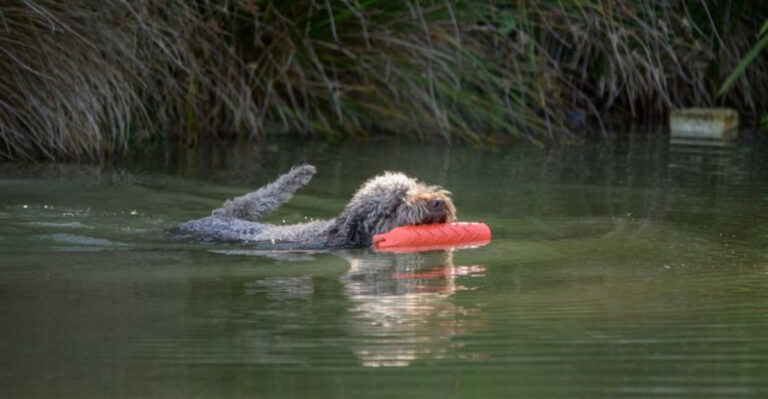16 Of The Rarest Mammals On Earth (And Where You Might Spot Them)
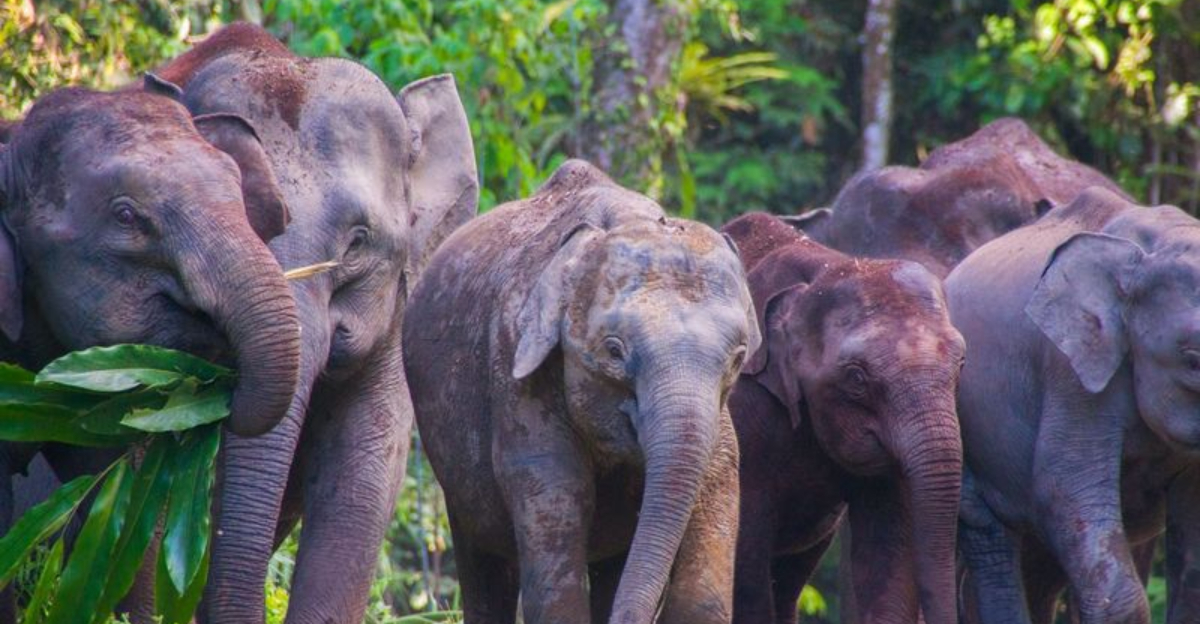
Ever heard of a mammal so elusive even seasoned wildlife photographers struggle to capture it?
Our planet is home to some astonishing creatures, many of which are so rare you’ll need the luck of a lottery winner to spot them.
1. Vaquita

In the warm waters of the Gulf of California, the vaquita, a tiny porpoise, plays a risky game with extinction. Considered the rarest marine mammal, fewer than 10 individuals remain.
If you have a penchant for adventurous conservation efforts, head to Mexico’s shores. The vaquita’s distinctive dark eye patches and small size make it hard to mistake.
Despite its critical status, the vaquita’s playful spirit endures. Conservationists are racing against time to save this unique creature from disappearing forever.
2. Javan Rhino
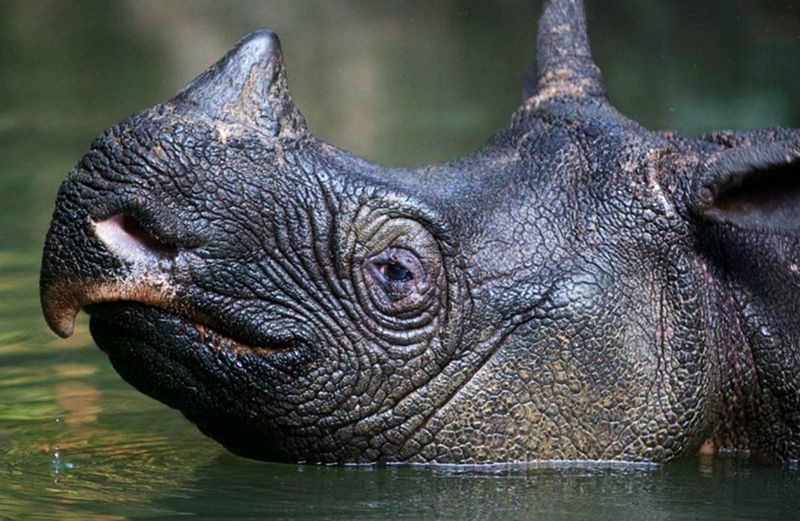
Deep in Indonesia’s Ujung Kulon National Park, the Javan rhino roams with a grand sense of mystery. This one-horned giant is not just rare, but nearly mythical, with only about 75 individuals left.
Imagine spotting one of these elusive creatures amidst the tropical foliage! Known for its shy demeanor, the Javan rhino is a true testament to survival against odds.
Conservationists strive to protect its habitat, offering hope for future generations to witness this magnificent beast in the wild.
3. Amur Leopard
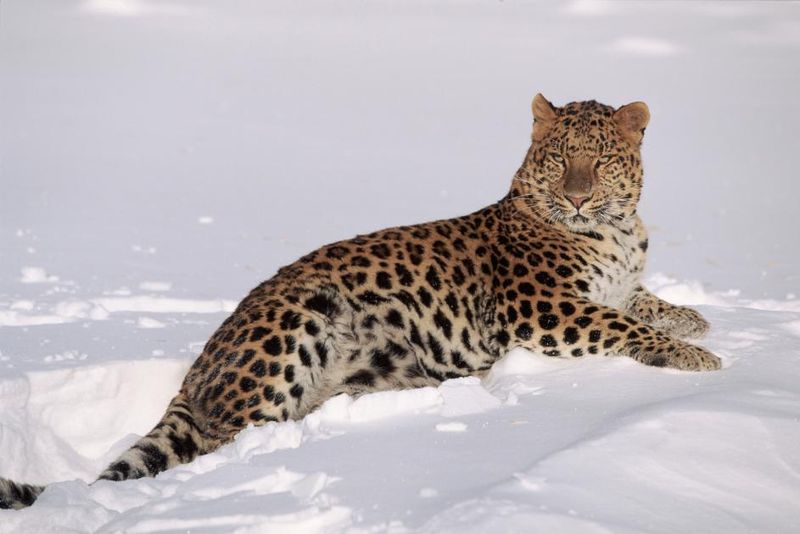
In the snow-kissed forests of the Russian Far East, the Amur leopard prowls with feline grace. With only 100 left, these cats are as rare as a snow leopard in a desert.
Their stunning, spotted coats provide perfect camouflage against the snowy backdrop. If you’re eager for a challenge, head to the Land of the Leopard National Park.
4. Saola
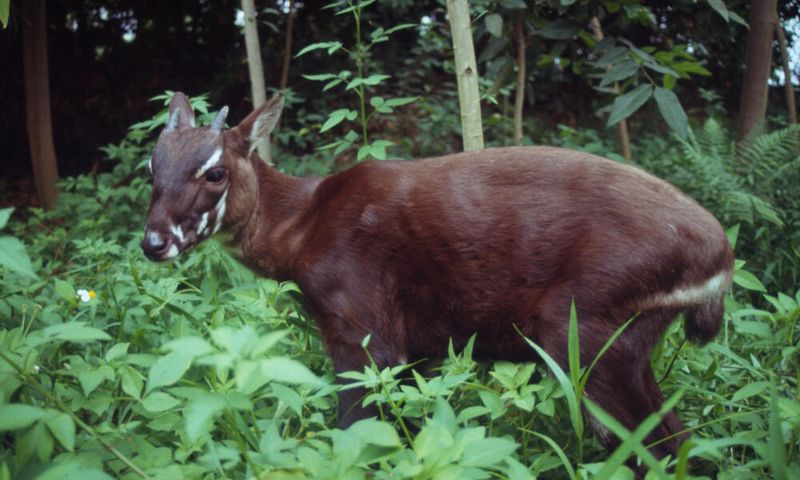
In the misty Annamite Range of Vietnam and Laos, the saola—often dubbed the Asian unicorn—makes its rare appearances. With its long, parallel horns and gentle disposition, it’s a creature straight out of folklore.
Sightings are as rare as a blue moon, making the saola one of the most mysterious mammals.
5. Sunda Pangolin
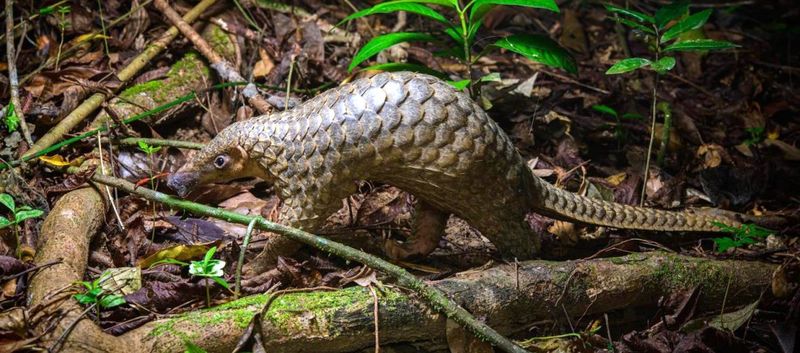
Armor-plated and elusive, the Sunda pangolin calls the rainforests of Southeast Asia home. These scaly anteaters are masters of disguise, often mistaken for piles of leaves.
Sadly, they’re hunted for their scales and meat, making them one of the most trafficked mammals.
If you’re trekking through a rainforest, keep an eye out. With its curled tail and curious snout, the Sunda pangolin is both a marvel and a mystery to witness.
6. Mountain Gorilla
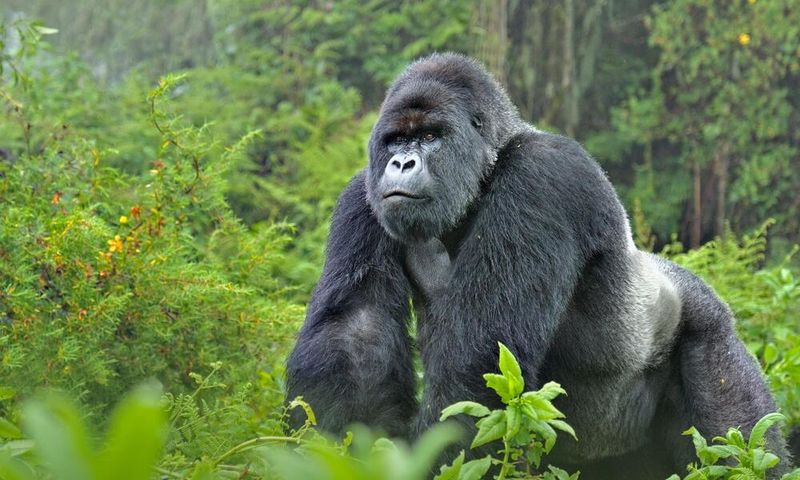
In the verdant mountains of central Africa, the mountain gorilla reigns with a gentle yet commanding presence.
These primates, with their expressive eyes and social lifestyles, are a sight to behold. Fewer than 1,000 remain, with conservation efforts ongoing in places like Virunga National Park.
Going on a gorilla trek is like stepping into a world where nature’s majesty is on full display. The mountain gorilla’s story is one of hope, as their numbers slowly increase thanks to dedicated conservation work.
7. Borneo Elephant
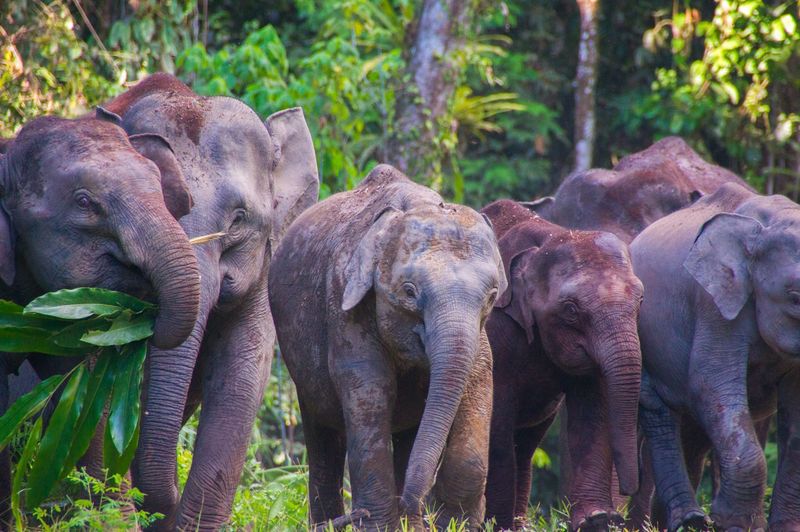
Smaller than their African cousins, the Borneo elephants of Sabah are charmingly compact. These gentle giants wander the rainforests of Borneo, often seen in herds near rivers.
With their baby-like faces and calm demeanor, they’re an irresistible sight. However, deforestation and habitat loss threaten their existence.
If you find yourself in Borneo, a river cruise could grant you a glimpse of these endearing creatures.
8. Hirola
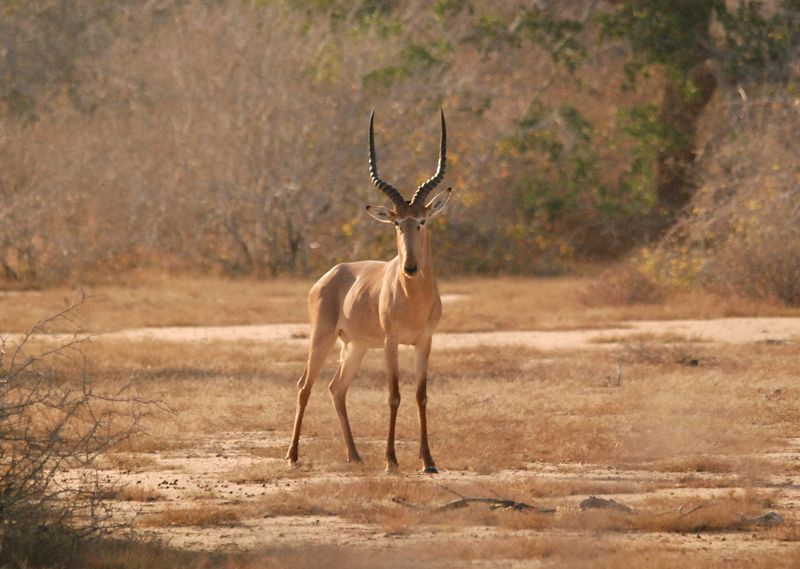
In the arid stretches of northeastern Kenya, the hirola antelope moves with a mysterious grace.
Often called the ‘Four-eyed Antelope’ due to the unique preorbital glands, this animal is critically endangered.
With fewer than 500 left, spotting a hirola is like finding a needle in a haystack. Conservationists are battling against time to save their dwindling population.
9. Pygmy Hippopotamus
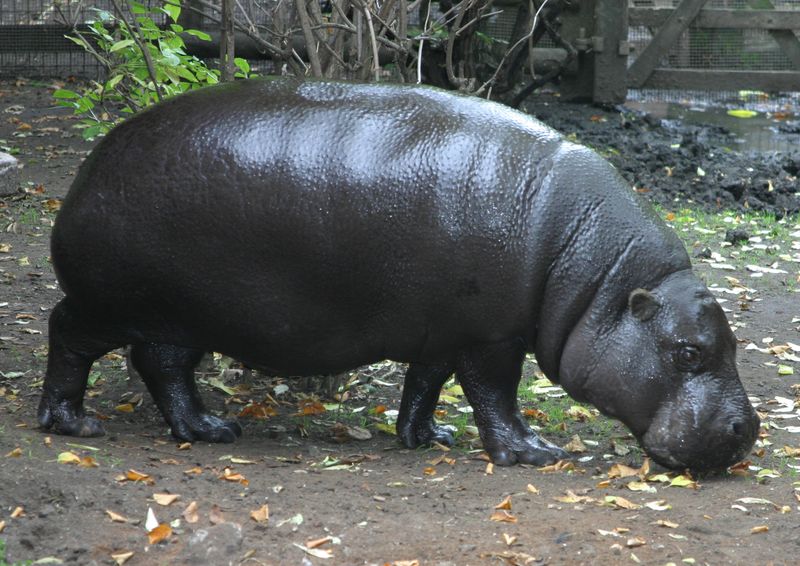
In the shadowy forests of West Africa, the pygmy hippopotamus leads a secretive life. Unlike its larger cousin, this hippo is shy and nocturnal, preferring the cover of darkness.
With its petite size and endearing appearance, it’s hard not to be charmed. Deforestation and hunting pose significant threats, but conservationists are working tirelessly to protect them.
A trip to West Africa might reward you with a rare sighting of these elusive creatures, an experience not soon forgotten.
10. Iberian Lynx
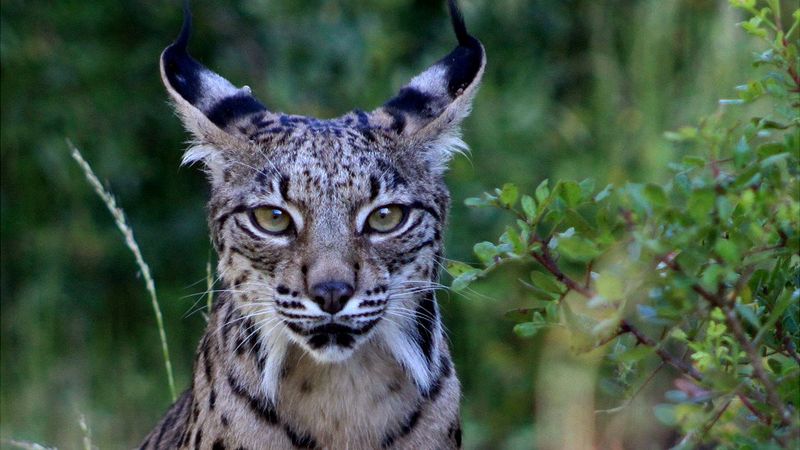
In the Iberian Peninsula, the lynx’s piercing gaze and tufted ears tell a story of survival. Once teetering on the brink, the Iberian lynx is a conservation success story.
With its spotted coat blending perfectly into the Mediterranean scrubland, it’s a master of stealth. Thanks to dedicated efforts, numbers are slowly rising, but the lynx remains one of the rarest cats on the planet.
A visit to Spain might just reward you with a glimpse of this feline marvel as it prowls its territory.
11. Sumatran Tiger
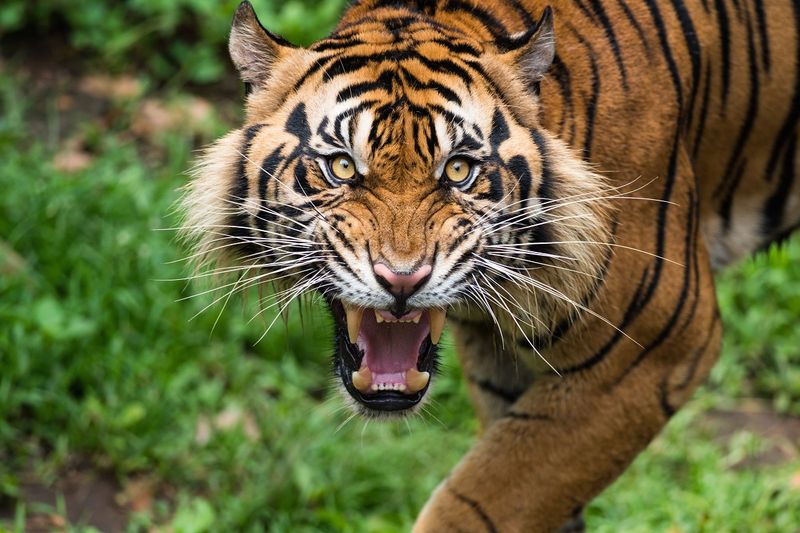
In the emerald forests of Sumatra, the Sumatran tiger prowls quietly, a fiery flash amidst the green. As the smallest tiger subspecies, it’s also one of the rarest, with fewer than 400 left in the wild.
Dense rainforests provide both sanctuary and challenge for spotting these elusive cats. Conservationists are tirelessly working to protect their habitat from deforestation and poaching.
Visiting Sumatra offers a rare chance to witness these majestic creatures in their natural habitat, a thrilling adventure for any wildlife enthusiast.
12. Northern Hairy-Nosed Wombat
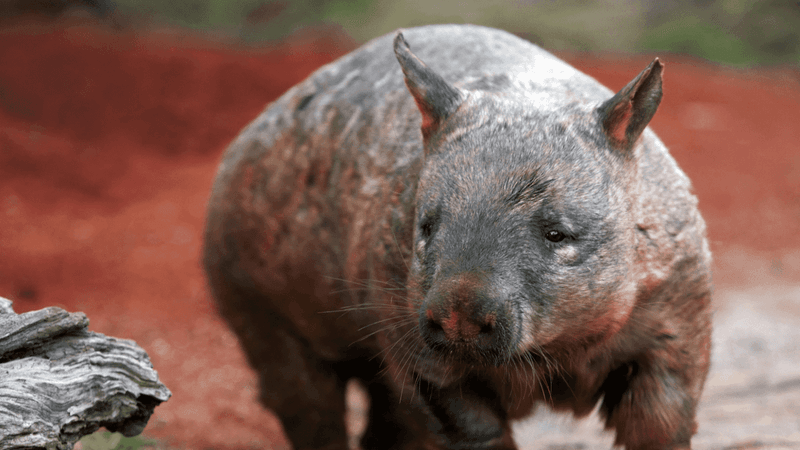
In the sun-parched grasslands of Australia, the Northern hairy-nosed wombat makes its home. With its quirky whiskered nose and burrowing lifestyle, it’s a creature of curiosity.
Only about 250 remain, making every sighting precious. Conservation efforts at Epping Forest National Park are pivotal in their survival.
Imagine stumbling upon one of these chunky diggers, a testament to nature’s resilience.
13. Yangtze Finless Porpoise
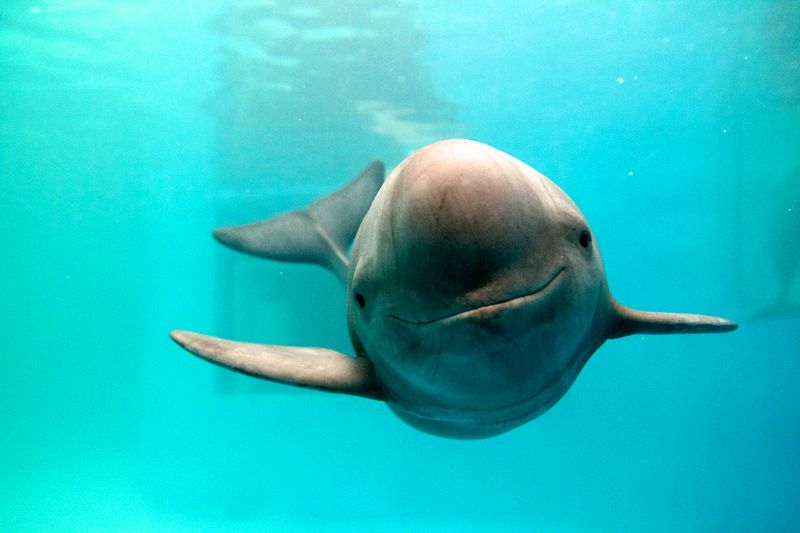
In China’s mighty Yangtze River, the finless porpoise glides through the murky waters. Often described as the ‘smiling porpoise’ due to its cheerful expression, it’s a beacon of hope in a rapidly industrializing world.
With fewer than 1,000 remaining, this porpoise is fighting for survival. Conservationists are working on ways to protect its habitat and ensure its survival.
A river cruise might just provide a glimpse of this charming creature, a rare encounter with one of China’s aquatic wonders.
14. Addax
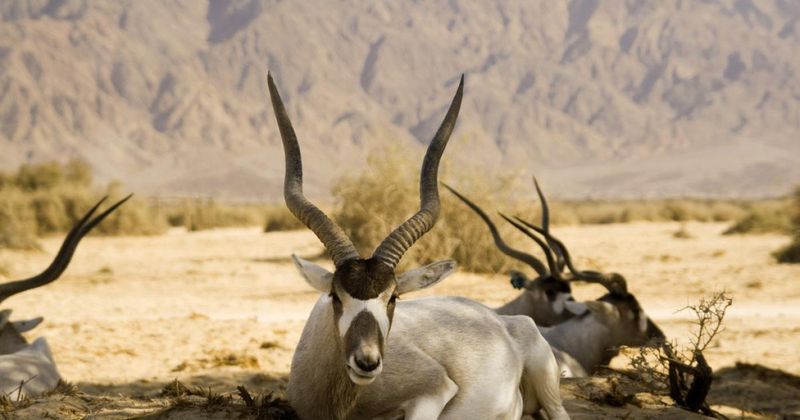
Roaming the vast expanse of the Sahara Desert, the addax antelope is a symbol of endurance. With its spiral horns and sandy coat, it’s adapted to life in one of the harshest climates on Earth.
Fewer than 100 remain, making it critically endangered. Conservation efforts are crucial to ensure its survival.
Imagine trekking across the desert and spotting this ghostly creature, a testament to nature’s adaptability. The addax stands as a reminder of the beauty and fragility of life in the wild.
15. Philippine Tarsier
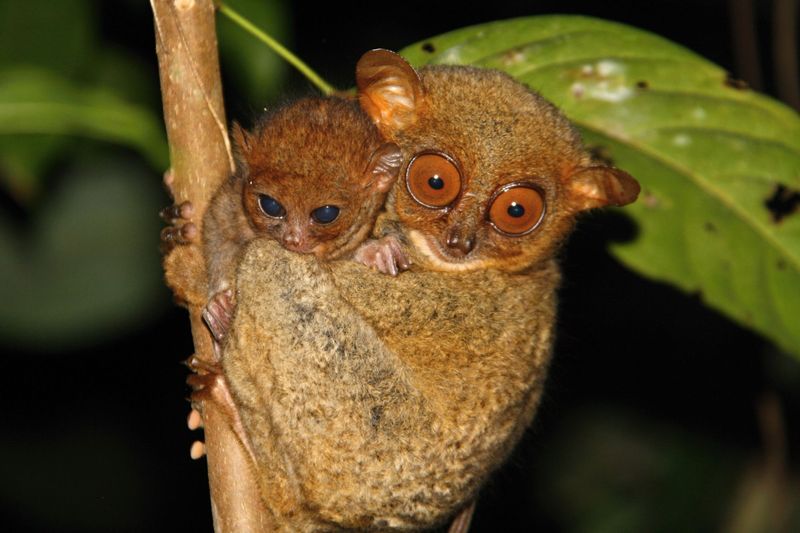
In the lush jungles of the Philippines, the tarsier clings to branches with an intensity matched only by its gaze. Those giant eyes aren’t just for show – they help this tiny primate hunt insects at night.
Once threatened by habitat destruction, the tarsier is now a conservation focus. Their survival story is one of tenacity, much like their grip on the trees they call home.
16. Hainan Gibbon
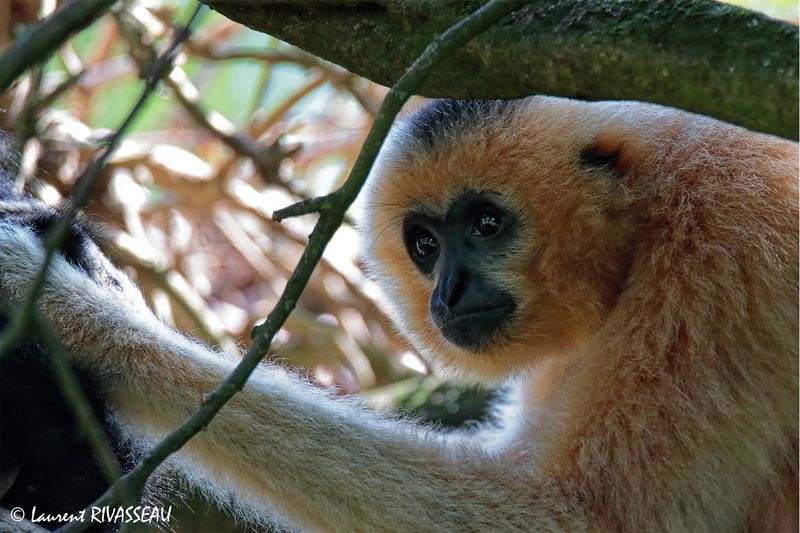
On the lush Hainan Island of China, the Hainan gibbon sings a song of survival. With only 30 individuals left, this singing primate is critically endangered.
Its golden fur and graceful swinging through the trees make it a sight to behold. Conservationists are fighting to preserve its remaining habitat.
If luck is on your side, visiting Hainan might reward you with a glimpse of these harmonious apes.



